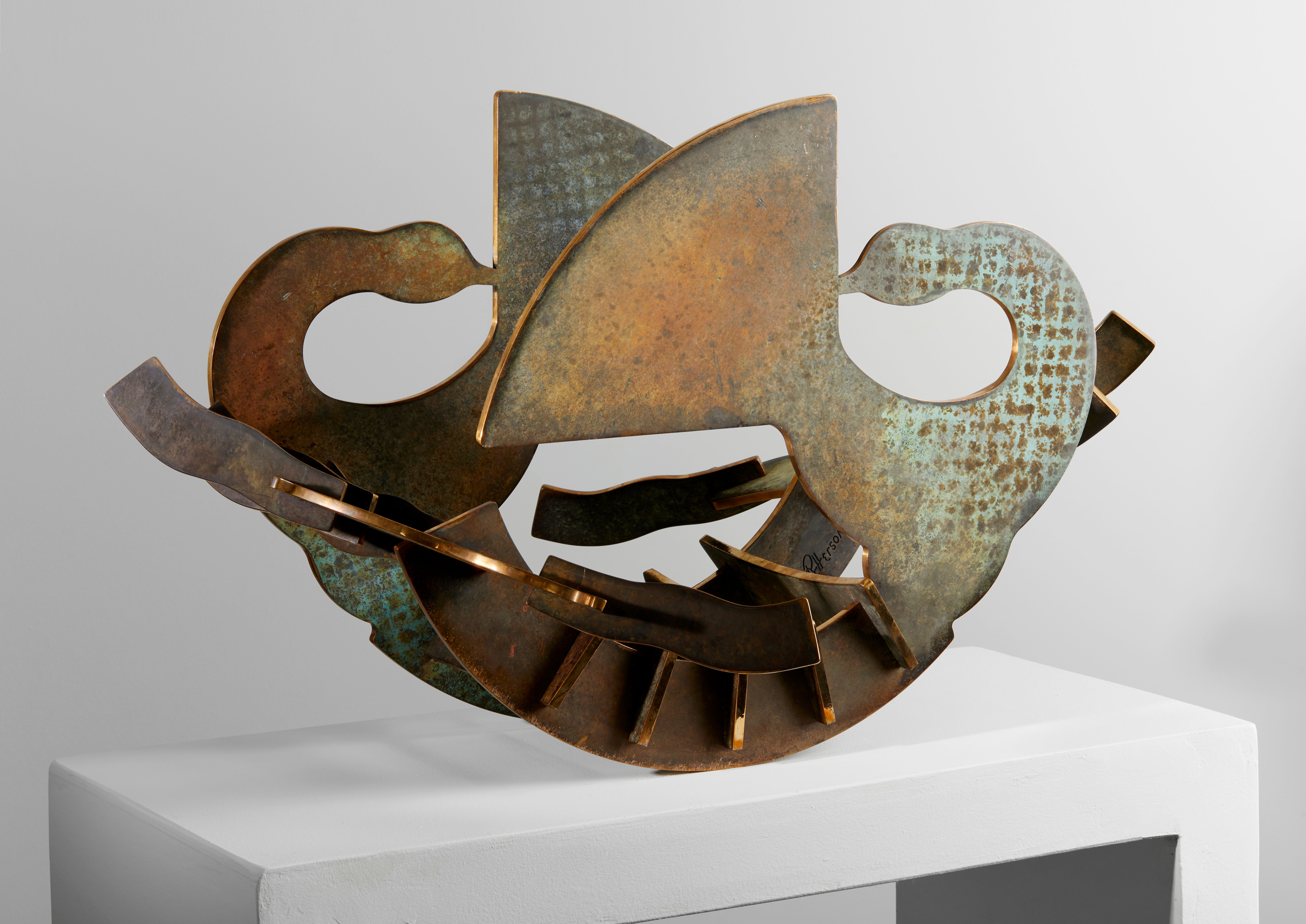
The art world has always been focused on youth. Michelangelo started getting paid for his work as an apprentice when he was 14 years old in 1489 and began creating remarkable marble reliefs, which have since stood the test of time, for the Medici family the following year. Hurdling ahead to modern times, Pablo Picasso began his celebrated Blue Period at 20 in 1901 and painted the enigmatic Les Demoiselles d’Avignon – one of the most iconic artworks of the modernist era – when he was just 25. And – bringing us up to the contemporary period – Jean-Michel Basquiat, who was tagging the streets of New York with catchy slogans while still a teen, became one of the youngest artists to participate in a Whitney Biennial at the ripe age of 22 in 1983.
The year before Basquiat turned the tide for better acknowledgment of artists of color at the Whitney Museum of American Art, 70-year-old Louise Bourgeois was breaking ground for both older artists and women artists at the Museum of Modern Art. Underknown at the time of her MoMA survey show in 1982, Bourgeois paved the way for dealers and collectors to take a deeper look at mature, developed artists who didn’t fit the existing trends – thus they were often overlooked and sometimes considered past their prime.
While Vincent van Gogh and Henry Darger are two critical cases from the list of countless artists who only gained recognition after their deaths, Etel Adnan and Luchita Hurtado are prime examples of recently deceased artists who achieved a level of success late in life. Adnan, an award-winning poet and novelist, first gained international acclaim for her abstract art at age 87 in 2012, when her colorful paintings and tapestries were exhibited in documenta 13. Hurtado, who had been making art for nearly 80 years with little recognition, was discovered when her late husband’s art was being archived and some of her pieces were found in the same files. With a retrospective at London’s Serpentine Galleries at age 99, Hurtado ironically became an overnight success in the final year of her life.
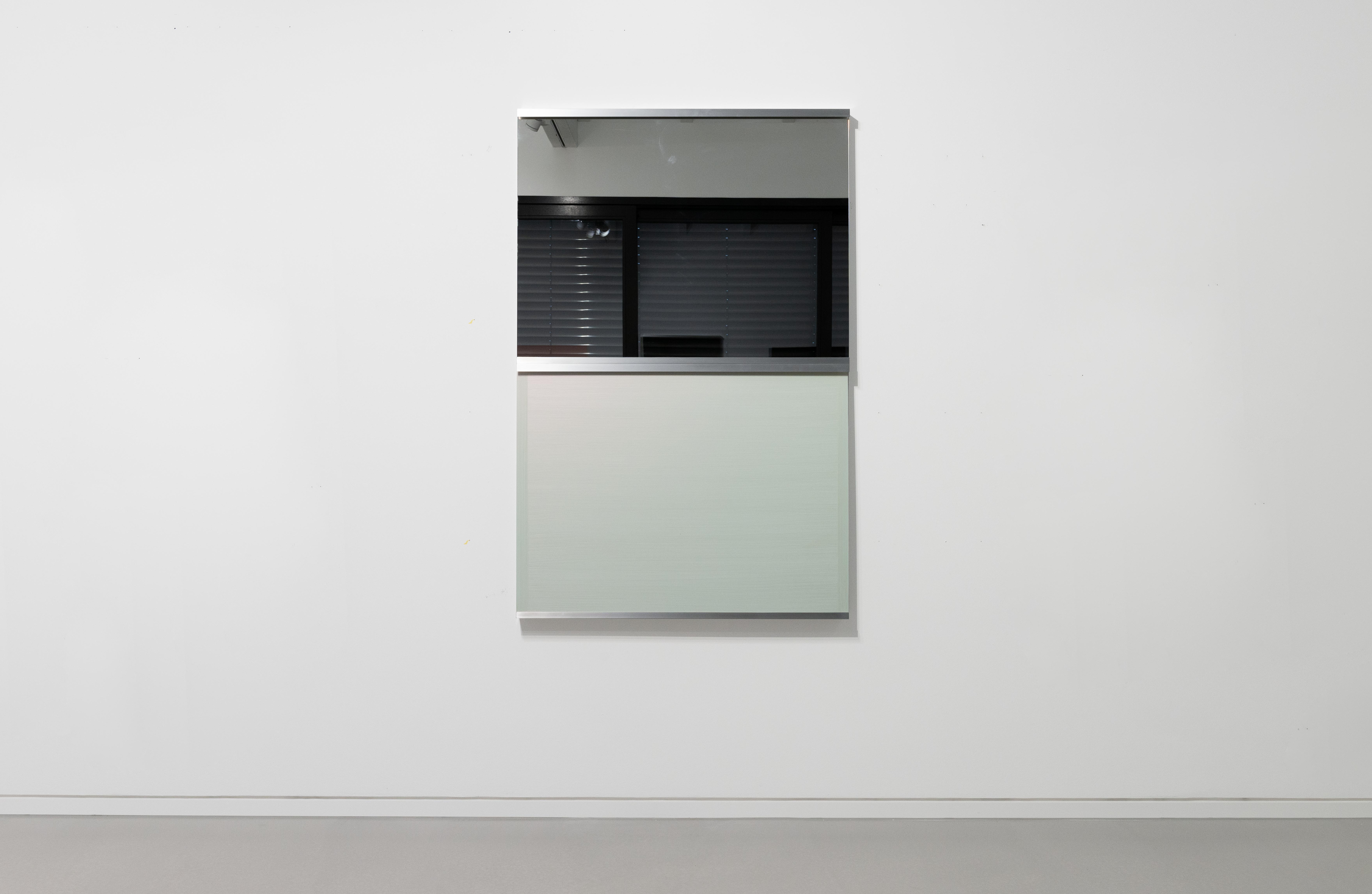
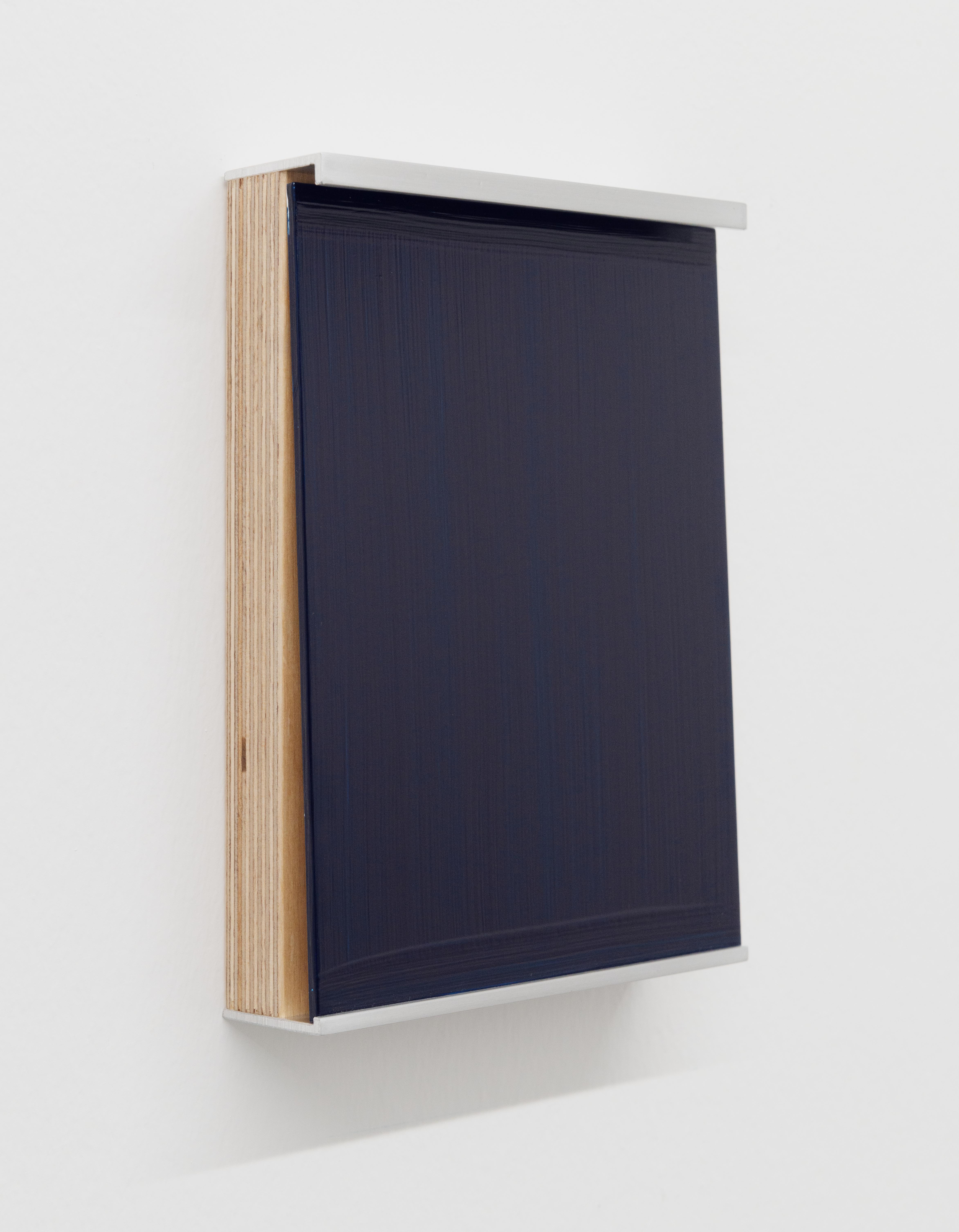
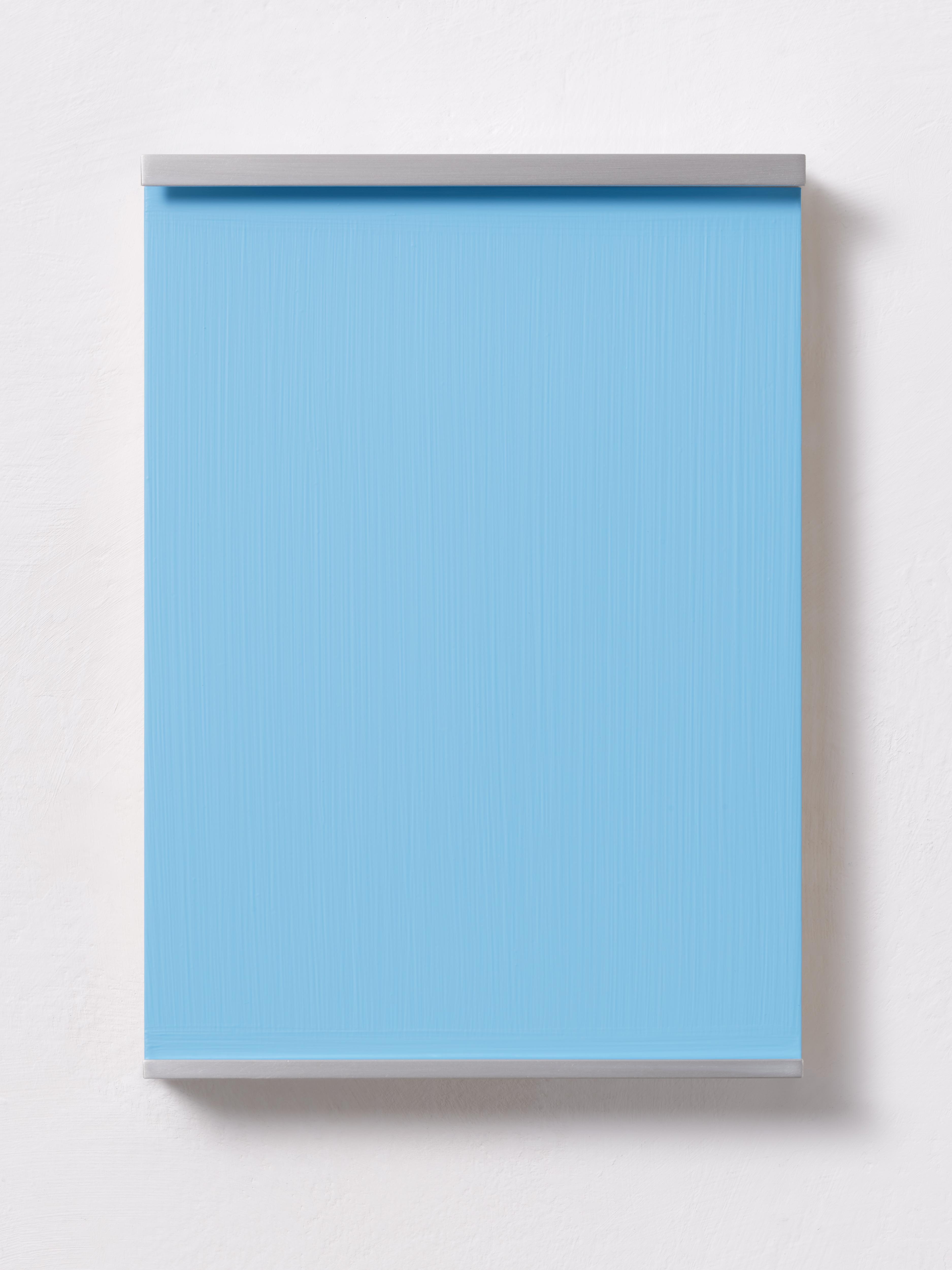
Although much of the art world remains focused on young artists under 40, 35 and 30 – as issues of Apollo and Forbes magazines have highlighted in recent years – more and more galleries are looking beyond the latest graduates of Yale and Goldsmiths for creators who have already contributed to the contemporary art discourse. With that idea in mind, the 11th edition of Untitled Art in Miami Beach is initiating a special project exhibition that will feature the work of an older or deceased artist who has made a significant impact. This year’s selected gallery is Cologne’s Galerie Christian Lethert, which is exhibiting the work of 82-year-old artist Imi Knoebel, a German painter and sculptor who is best known for his contributions to and shaping of minimalist abstraction.
“This is a way to highlight artists who have had strong careers but haven’t been recognized in the manner that they should be,” Untitled Art Artistic Director Omar López-Chahoud shared. “We were seeing more abstraction, conceptual-based art and works in other media in the applications this year and opted to contextualize the work of these younger artists with artists who were active in the 1960s, ‘70s, and ‘80s. Our aim is to provide a structure that anchors what’s prevalent at the fair.”
Knoebel, who will be presented in a special project at the fair and in Lethert’s booth, was a student of Johannes Itten and László Moholy-Nagy at the Darmstadt Werkkunstschule in the early 1960s and went on to study with Joseph Beuys at the Kunstakademie Dusseldorf, graduating in 1971. Celebrated for his cleverly constructed paintings and sculptures that explore the relationship between space, structural support and color, he creates his serial works in a variety of materials, ranging from wood and concrete to copper and aluminum. At the fair, the 81-year-old, Dusseldorf-based artist will be exhibiting paintings on shelves from his monochromatic Tafel (Table) series and hanging wall sculptures made from copper, aluminum, and mirrored glass.

Expanding the concept of revisiting older and deceased artists to other exhibitors at the fair, López-Chahoud asked galleries who had recently exhibited such artists to bring them to the fair. New York’s Pablo’s Birthday is offering abstract paintings by British artist Alan Uglow (1941-2011) that mix a skillful use of reduced geometry with sublime surfaces, which capture light while defining both interior spaces and the spaces surrounding them. Meanwhile, San Francisco’s Casemore Gallery is presenting a solo show of typewritten and rubber stamp text pieces that have been bound together with thread by the pioneering Bay Area conceptual, feminist artist Sonya Rapoport, who passed in 2015 at age 91.
Also offering a one-person presentation, SEPTEMBER, from Kinderhook in Upstate New York, is featuring figurative paintings and sculptures by self-taught, 81-year-old Reginald Madison, who makes thickly painted, improvisational portraits of people and assembles scraps of reclaimed wood into fully sculpted figures, such as a musician exuberantly playing a saxophone. Moreover, Savannah’s Laney Contemporary has a solo show with Atlanta-based sculptor Curtis Patterson, who employs African symbolism with interlocking geometric forms, while London’s Richard Saltoun Gallery is showing textile art with works by 90-year-old Columbian artist Olga de Amaral and Cuban artist Gustavo Pérez Monzón, who is 66.
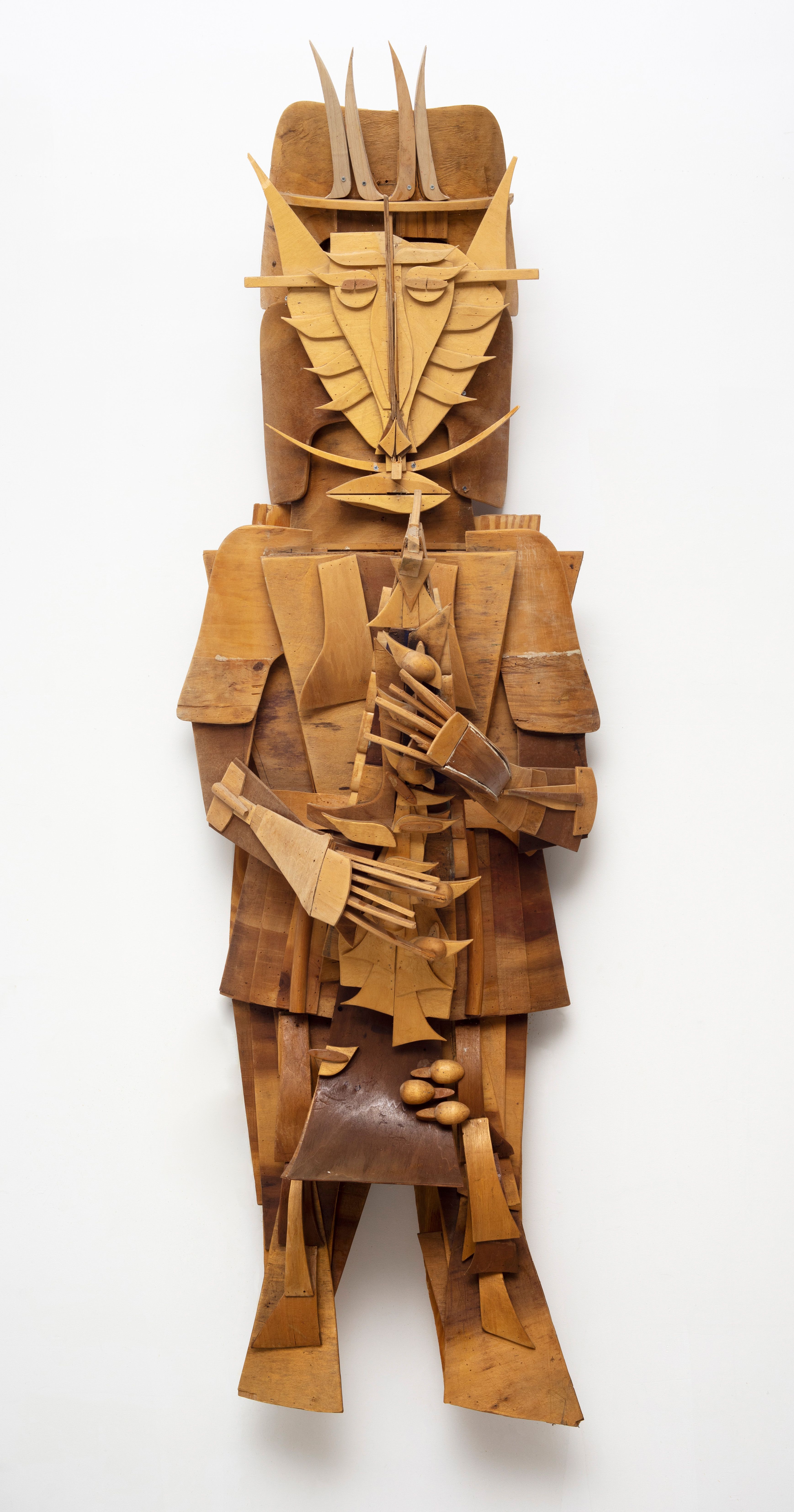

Even though collectors have traditionally come to Untitled Art to discover fresh faces on the international art scene, the fair’s new programming should help to expand its audience’s knowledge of contemporary art while providing a point of reference for younger artists. Moving beyond a primary focus on figurative painting that has dominated the art world over the past few years, López-Chahoud summed up his curatorial outlook for the 11th edition of Untitled Art in Miami Beach by stating, “We don’t want to be a fair that just follows the market – we want to be ahead of it.”
Paul Laster is a critic, curator, artist, editor and lecturer. He’s Curatorial Advisor for Intersect Art & Design, New York Desk Editor at ArtAsiaPacific, Contributing Editor for Whitehot Magazine of Contemporary Art and contributing writer for Galerie, Ocula, Artsy, Raw Vision, Sculpture, Time Out New York, Art & Object, Conceptual Fine Arts, Arthur and Two Coats of Paint. Laster was Founding Editor of Artkrush, began The Daily Beast’s art section and was Art Editor of Russell Simmons’ OneWorld Magazine, as well as Adjunct Curator of Photography at P.S.1 Contemporary Art Center, now MoMA PS1.